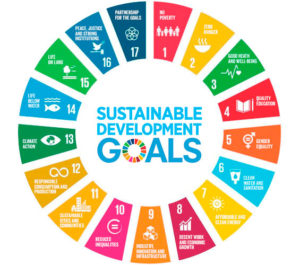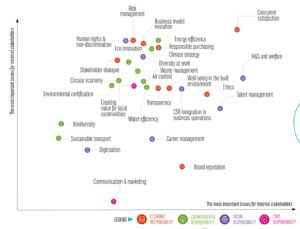3 SOLUTIONS TO BOOST CIRULARITY AMID COVID-19 SANITARY CHALLENGES
In this briefing paper, Ksapa shares 3 solutions for quality stakeholder dialog, based on a readable and credible adaptation trajectory that effectively juggles cost-cutting and private sector sustainability and circularity voluntarism.
The Low-Down of Circularity Amid Covid-19 Challenges
Businesses have tended to focus on decoupling economic activities and natural resource usage, as well as the related environmental impacts. For instance, improving resource efficiency and transitioning into a more circular economy are but two structuring concepts for moving forward on greener modes of production and consumption. However, in a recent study conducted among 317 senior executives from large corporations around the world, only 30% stated their company had a strategy for circularity in place, while over 75% were still in the planning stages of adopting targets to make their products, processes, or business models more circular in the coming 5 years (Newsweek Vantage, 2018). While circularity would appear a promising concept, it has had difficulty reaching the necessary scale and pace to effectively address sustainability issues (OECD, 2019).
Key Takeaways
In this briefing paper, Ksapa shares 3 solutions for quality stakeholder dialog, based on a readable and credible adaptation trajectory that effectively juggles cost-cutting and private sector sustainability and circularity voluntarism.
Read the Document in Full
To learn more, register and download our briefing paper.
"*" indicates required fields













